13 High-Maintenance Perennials That Are Worth the Effort
Growing perennials can be a rewarding experience, but some plants require a little extra effort to thrive. These hardy beauties may need specific soil conditions, regular watering, or occasional pruning, yet they offer stunning flowers and foliage that make the care worthwhile. With the right attention, they can transform your garden into a vibrant, colorful space year after year. If you are willing to put in the work, these plants will certainly reward you with breathtaking blooms and long-lasting beauty.
This post may contain affiliate links, which helps keep this content free. Please read our disclosure for more info.
Peonies
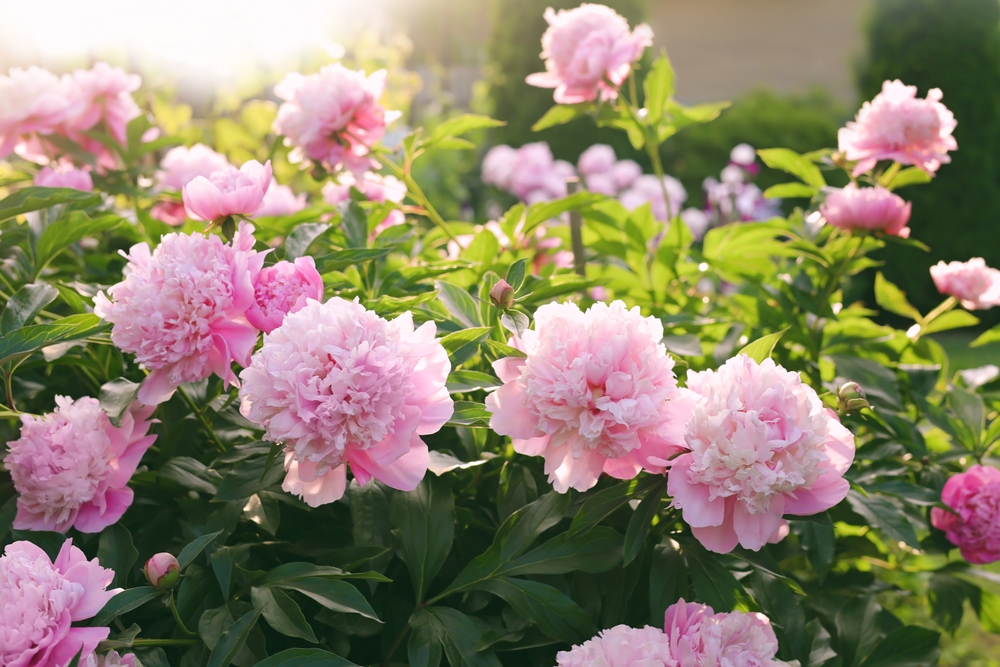
Peonies are renowned for their large, fragrant blooms that add beauty to any garden. These plants prefer well-drained, slightly acidic soil and a sunny location to thrive. Once planted, peonies are low-maintenance but require patience as they take time to establish their roots. They do not like to be moved, so be sure to choose the planting site carefully. Regular watering is needed during dry spells, but make sure the soil does not become waterlogged, as they are sensitive to root rot. Peonies also benefit from being supported with stakes to prevent their heavy blooms from drooping.
While they require minimal maintenance once established, peonies will need to be pruned back after blooming to help encourage fresh growth the following year. These long-lived plants can bloom for decades with the right care, rewarding gardeners with vibrant, fragrant flowers every season.
Foxglove
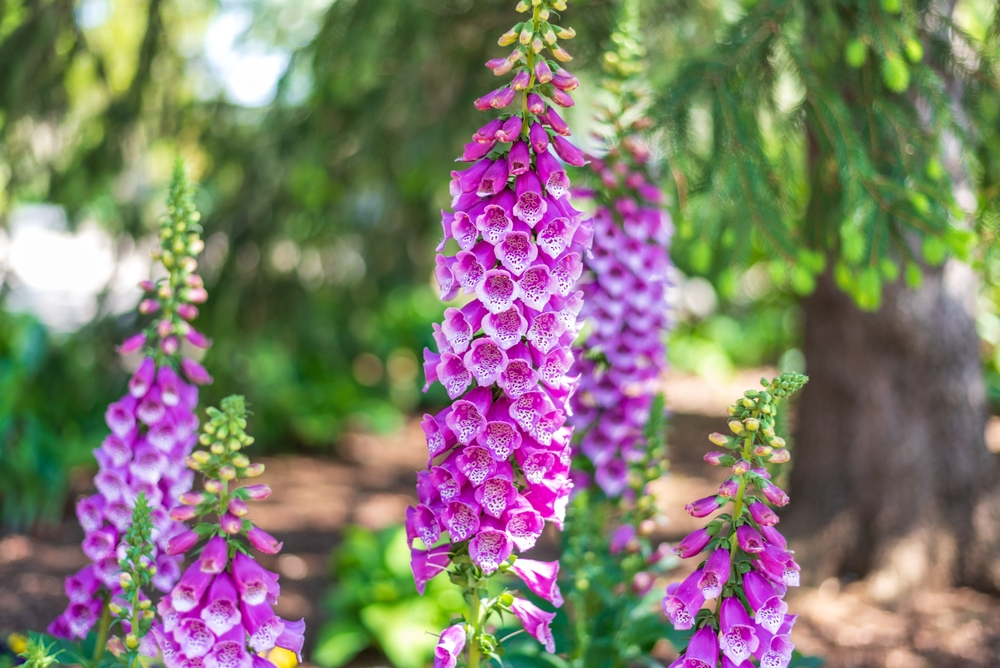
Foxgloves produce tall spikes of bell-shaped flowers, making them a stunning addition to any garden. These plants prefer partial shade and moist, well-drained soil, thriving in woodland or shady garden areas. Regular watering is essential for keeping the soil consistently moist, especially in dry weather. Foxgloves benefit from being deadheaded regularly, which helps to prolong the blooming period and encourages more flowers to appear.
Though they are relatively easy to grow, foxgloves require some care, such as staking the tall flower spikes to prevent them from falling over. They are typically biennial, meaning they bloom in their second year and then die back, so they may need to be replaced after a couple of years. Despite their short lifespan, foxgloves reward gardeners with their striking floral display, making them a worthwhile addition to any garden.
Daylilies
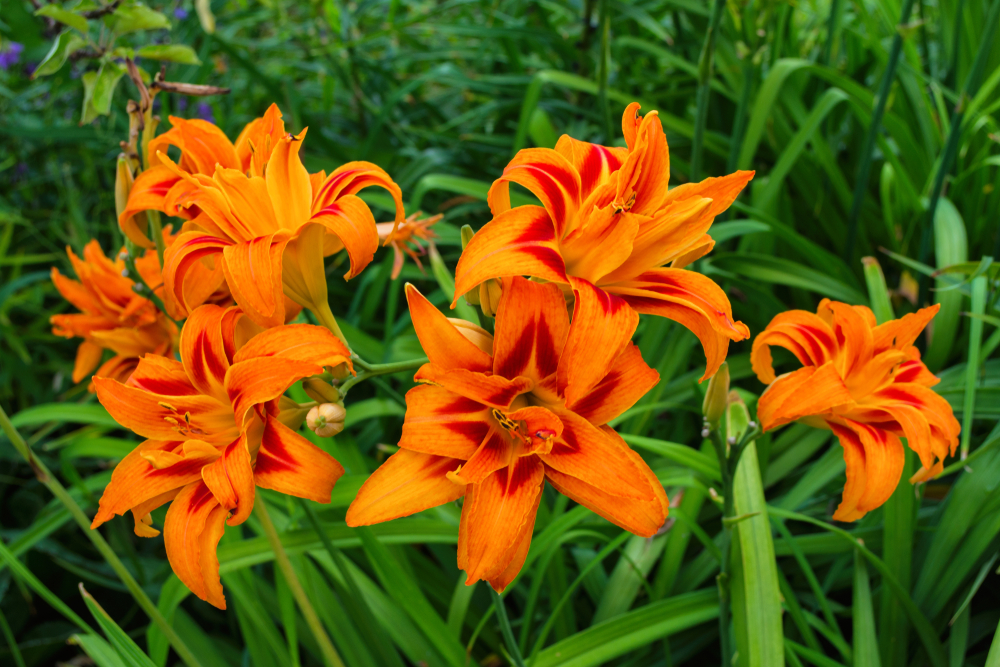
Daylilies are a popular choice for gardeners due to their easy care and vibrant blooms. They thrive in well-drained soil and prefer full sun to partial shade. While they are drought-tolerant once established, they will bloom more prolifically with regular watering, especially during dry spells. Daylilies are also relatively low-maintenance, but removing spent flowers and cutting back foliage in the fall will keep the plant looking tidy and healthy.
One of the benefits of daylilies is that they are highly resilient, bouncing back year after year with minimal effort. They may need to be divided every few years to prevent overcrowding, which can encourage healthier plants and more abundant blooms. These plants reward gardeners with long-lasting, vibrant flowers that brighten up the garden each year.
Astilbe
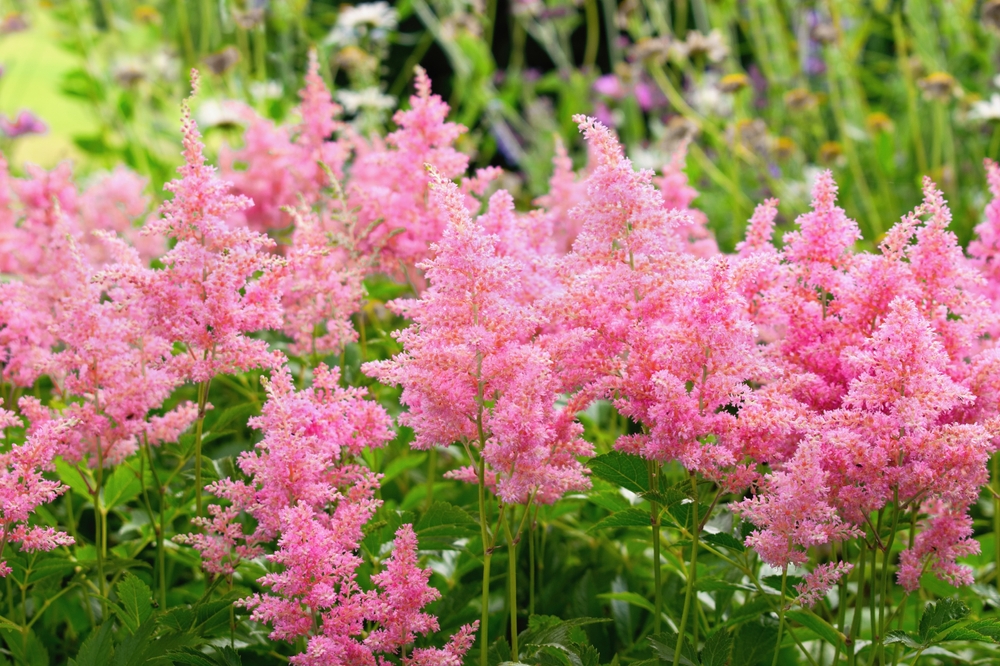
Astilbes are known for their feathery, plume-like flowers that come in shades of pink, red, purple, and white. They thrive in moist, well-drained soil and prefer partial to full shade, making them ideal for areas that receive little direct sunlight. Astilbes need regular watering to keep the soil moist, especially during hot summer months, to maintain their lush foliage and beautiful flowers. They also benefit from being divided every few years to prevent overcrowding and to encourage better blooms.
While they may need a bit more attention in terms of watering, astilbes are well worth the effort. Their vibrant plumes of flowers add a dramatic touch to shaded garden beds, and the lush foliage provides interest even after the flowers have faded. Astilbes are great for creating a soft, textured garden that thrives in moisture-rich conditions.
Clematis
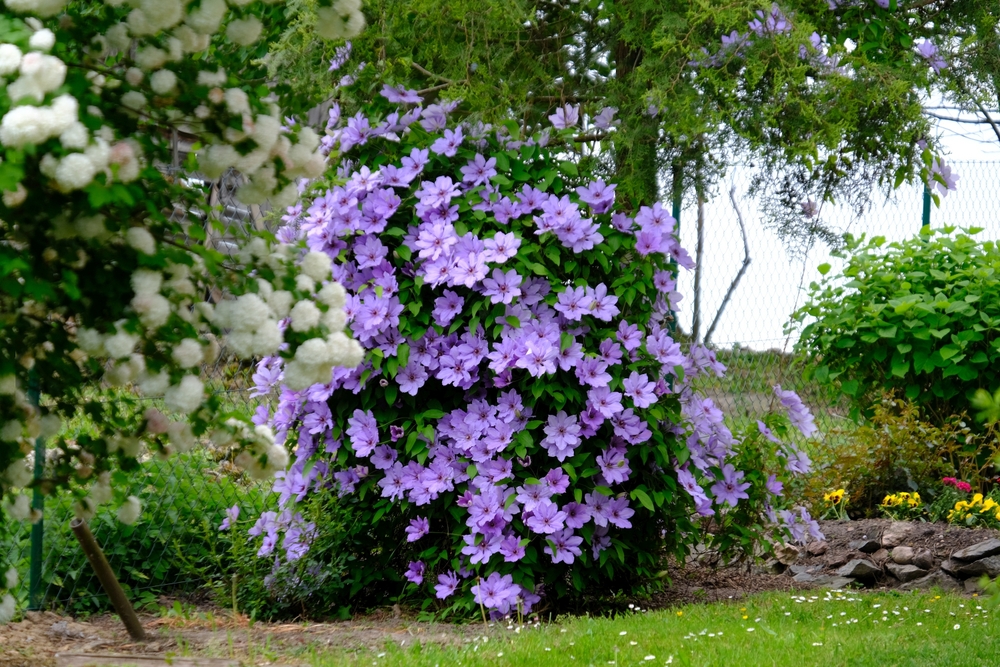
Clematis is a beautiful climbing vine that produces large, vibrant flowers, but it requires some care to flourish. It prefers well-drained, fertile soil and needs a sunny location for optimal growth. Clematis needs regular watering, particularly during dry spells, to ensure healthy growth. They also benefit from being pruned in early spring to remove any dead or weak stems and encourage fresh growth.
This vine can grow quite tall, so it requires a trellis or some other form of support to help it climb. Clematis may also need to be protected from strong winds or heavy rains, as their delicate flowers can be damaged easily. Despite the extra effort needed for maintenance, the stunning flowers that clematis produces make it a rewarding addition to any garden.
Lupine
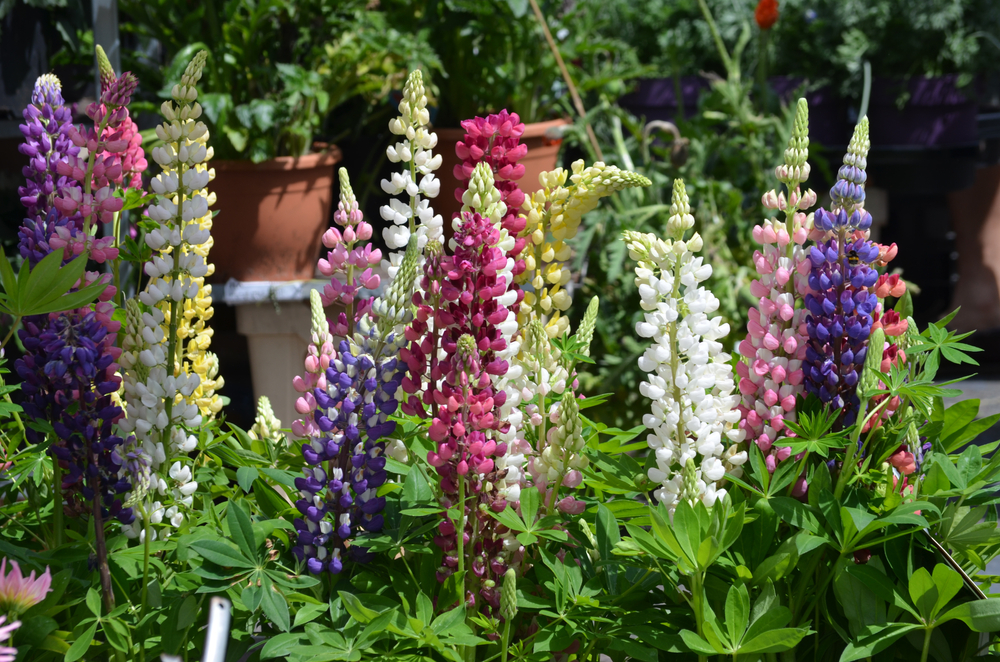
Lupines are known for their tall, spiky flower stalks in vibrant colors like purple, pink, and blue. These plants thrive in slightly acidic, well-drained soil, and they require a sunny spot for the best growth. Regular watering is important, particularly when lupines are first establishing themselves. Once they are settled, they can handle dry spells, but they will still perform better with adequate moisture during hot periods.
Lupines benefit from being staked to prevent the tall flower stalks from flopping over. After blooming, it’s important to prune the spent flowers to encourage new growth and keep the plant tidy. While lupines require some attention to their watering and staking needs, their bold and striking blooms make the effort worthwhile.
Bleeding Heart
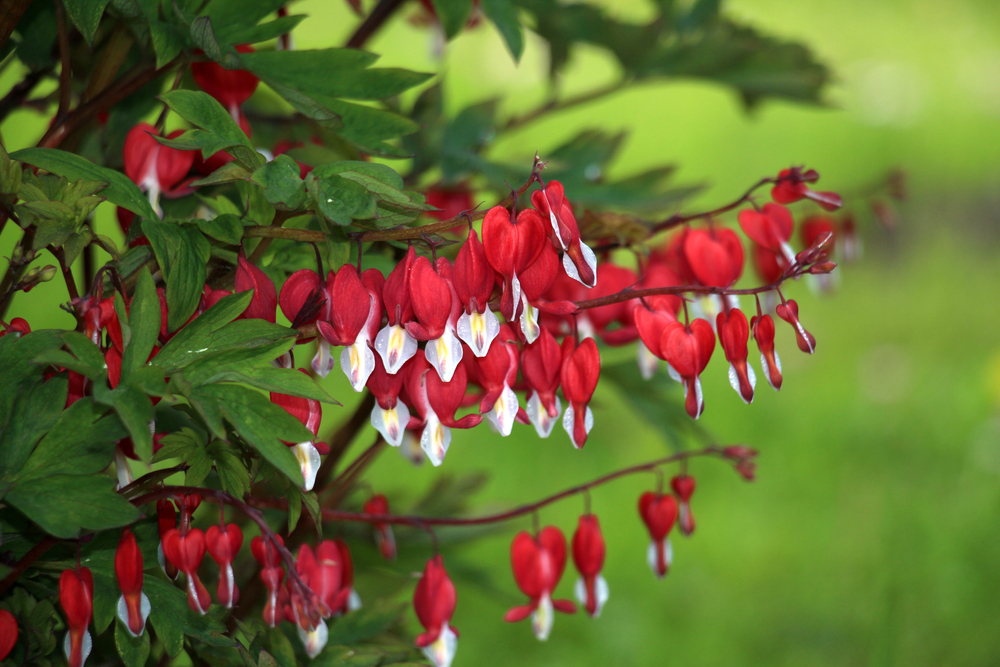
Bleeding Heart is a unique perennial with delicate, heart-shaped flowers that hang like pendants from the plant’s stems. It thrives in moist, well-drained soil and prefers partial to full shade, making it ideal for woodland gardens or shaded spots. Bleeding Heart requires regular watering to maintain its lush foliage, especially during dry spells, and it should not be allowed to dry out.
After blooming, it’s best to cut back the plant’s spent stems to keep the plant looking tidy and encourage re-growth. While Bleeding Heart is a bit more sensitive to sunlight and drought than other perennials, its beautiful and delicate flowers make it an excellent choice for shady, cool areas in the garden.
Sedum (Autumn Joy)
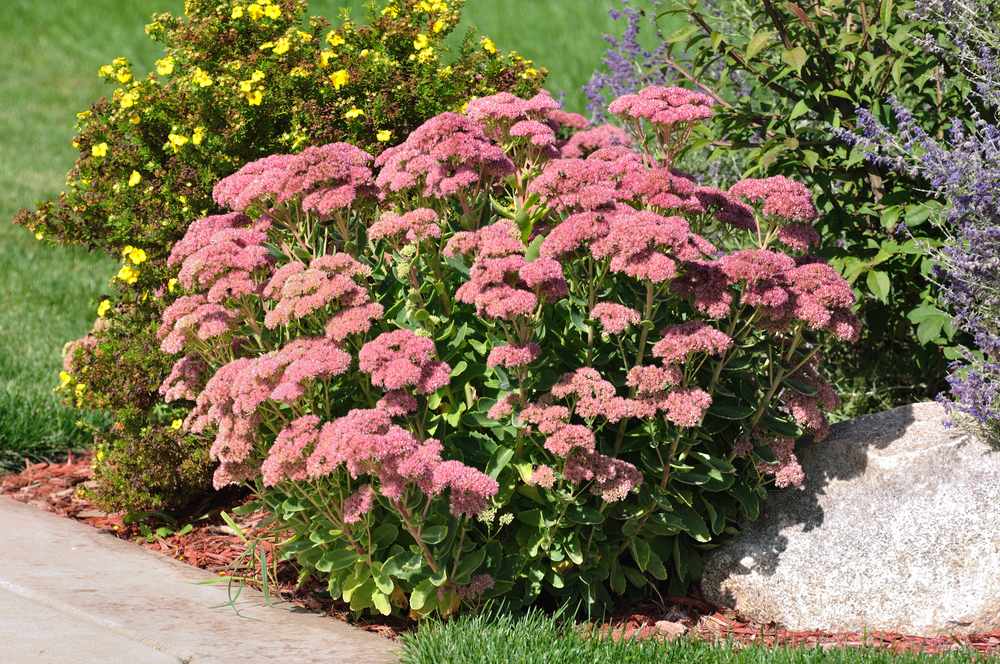
Sedum, particularly the variety Autumn Joy, is a hardy perennial that thrives in well-drained soil and full sun. It is quite drought-tolerant once established, though regular watering will help it perform better in the first growing season. Sedum requires minimal care once it is established, but should be pruned back in early spring to encourage fresh growth.
One of the best features of sedum is its late-season blooms that range from pink to red, adding color to the garden as many other plants begin to fade. It also benefits from being divided every few years to prevent overcrowding and maintain its vigor. With minimal effort, Sedum provides a rewarding display of flowers well into the fall.
Shasta Daisy
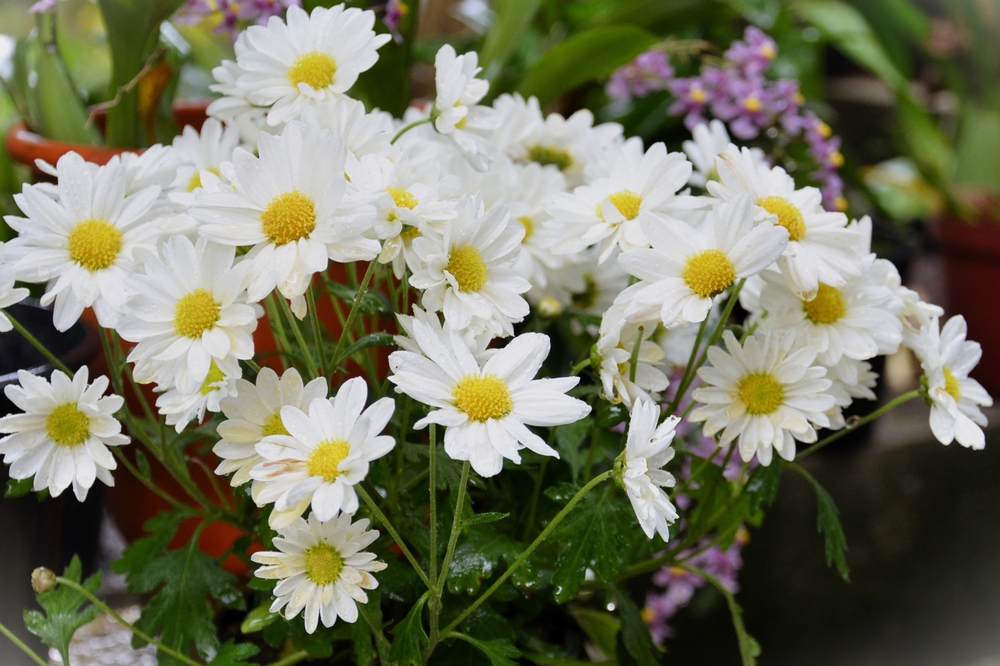
Shasta Daisies are a classic garden favorite with their cheerful white petals and yellow centers. They thrive in well-drained soil and prefer full sun to partial shade. Shasta Daisies need regular watering during dry periods, but they do not like to sit in waterlogged soil. Pruning spent flowers helps to keep the plant blooming throughout the growing season and prevents the plant from becoming leggy.
Shasta Daisies may need to be divided every few years to avoid overcrowding and keep the plants healthy. These perennials are quite hardy and can withstand a variety of conditions, making them a great choice for a low-maintenance yet beautiful garden.
Coneflower (Echinacea)
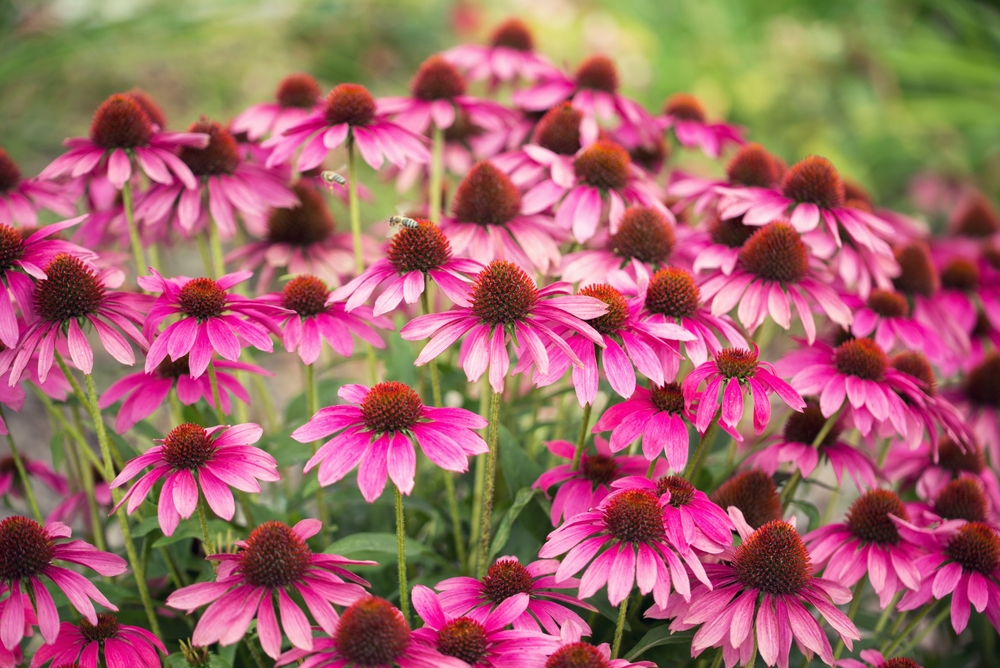
Coneflowers are hardy plants that tolerate drought once established, but they still require well-drained soil and full sun for optimal growth. Regular watering is needed, especially during the first year of growth, but they can thrive in dry conditions once they have become established. Deadheading spent flowers will encourage the plant to keep blooming throughout the season.
Coneflowers benefit from occasional division to prevent overcrowding and to ensure that the plants continue to thrive. The vibrant flowers, available in shades of purple, pink, and white, attract pollinators like bees and butterflies, making them a great choice for a wildlife-friendly garden.
Japanese Iris
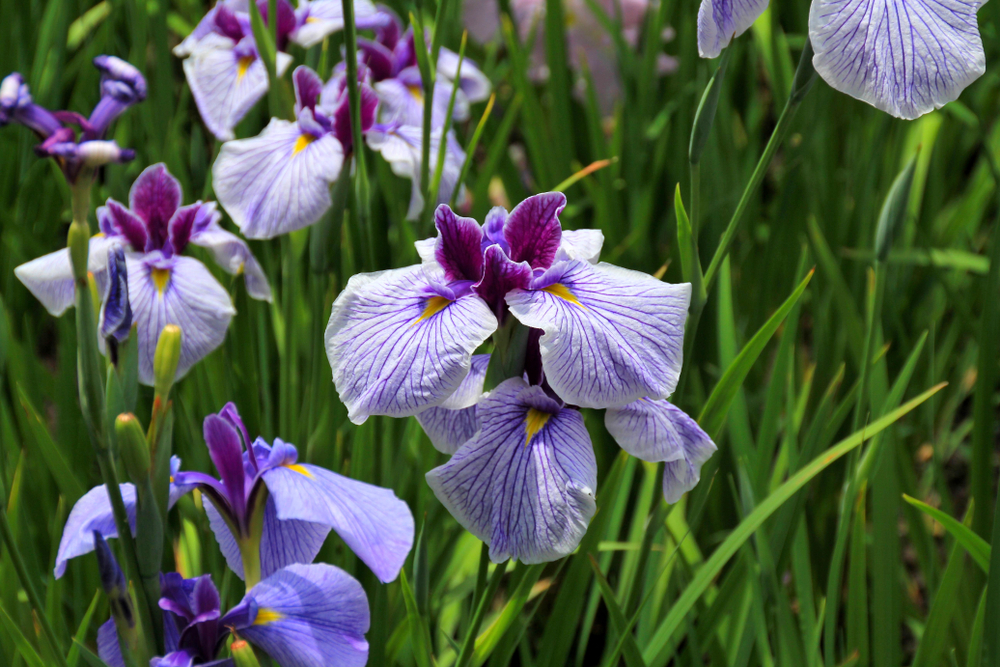
Japanese Irises are known for their striking, large blooms in shades of purple, blue, and white. They thrive in moist, well-drained soil and prefer a sunny spot to grow well. Regular watering is essential for maintaining healthy growth and vibrant flowers, especially in hot or dry conditions. Japanese Iris also benefits from being divided every few years to keep the plants healthy and ensure consistent blooming.
After blooming, it is recommended to prune back the spent flower stalks to encourage fresh growth. Although they require more care in terms of water and maintenance, the stunning flowers that Japanese Iris produce make them a worthwhile addition to any garden.
Coral Bells (Heuchera)
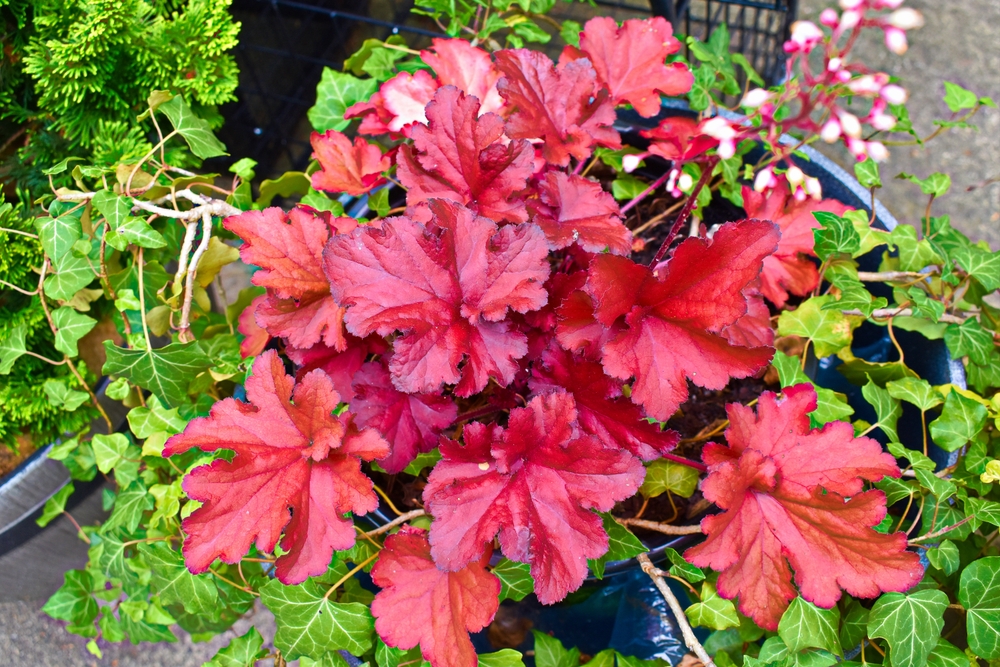
Coral Bells are an attractive perennial known for their vibrant foliage, which comes in various shades of red, purple, green, and silver. They prefer partial shade and moist, well-drained soil to thrive. Regular watering, especially in warmer months, will help keep the foliage lush and vibrant. Deadheading the flowers after blooming helps keep the plant looking neat and encourages additional growth.
Coral Bells are relatively low-maintenance but will benefit from occasional fertilizing to support their vibrant foliage. While they may require some attention to watering and soil conditions, their colorful leaves provide year-round interest in the garden, making them a great choice for shaded areas.
Russian Sage
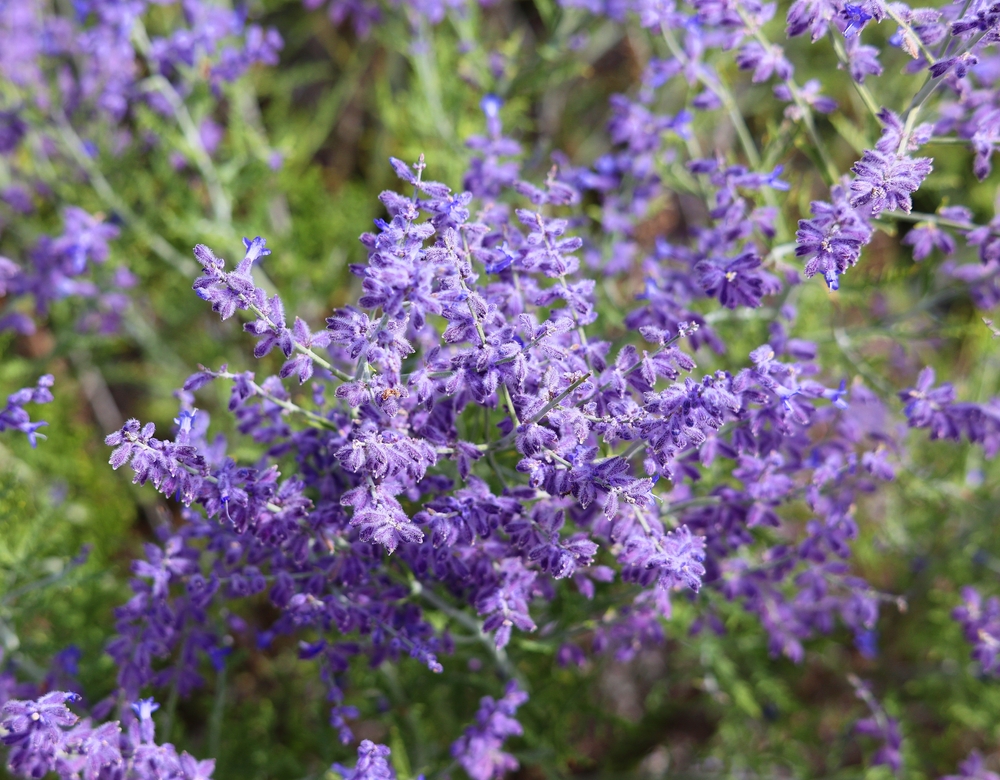
Russian Sage is a hardy perennial that thrives in dry, well-drained soil and full sun. It requires minimal watering once established, but will benefit from regular watering during its first growing season. Pruning in late winter or early spring helps remove any dead wood and encourages fresh growth. Russian Sage can grow tall and may need staking to support its flower spikes.
This plant is perfect for xeriscaping or low-water gardens, as it is highly drought-tolerant. The silvery foliage and spiky flowers that bloom in late summer add a unique texture and color to the garden. Despite needing some initial care, the plant is a great addition to any low-maintenance landscape.
This article originally appeared on Avocadu.
